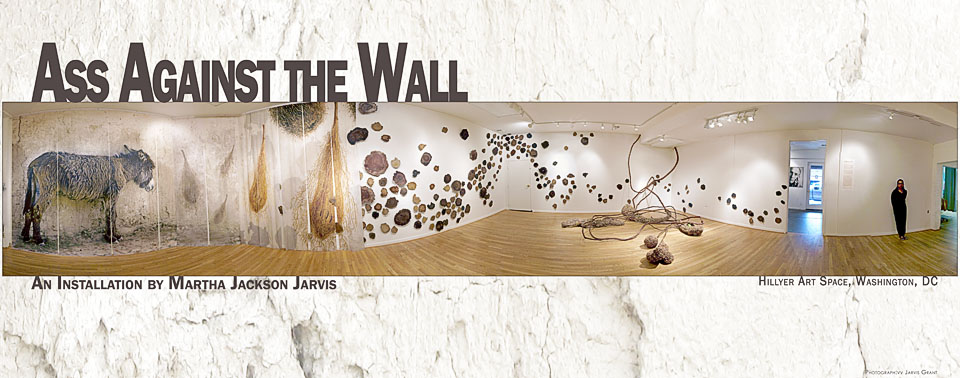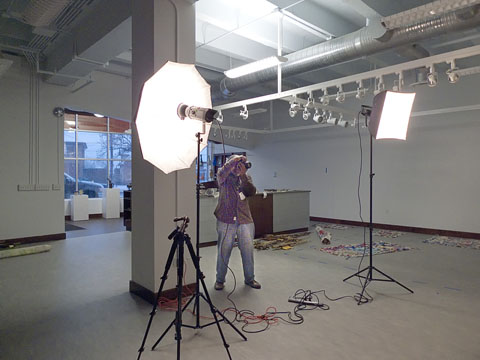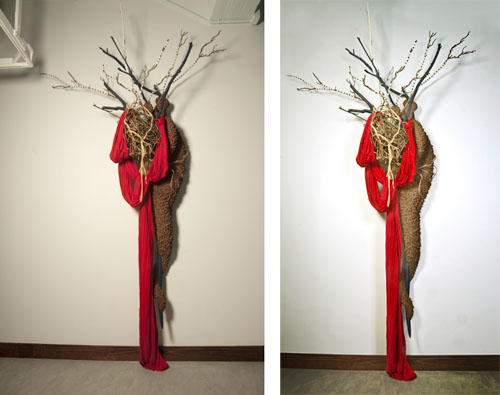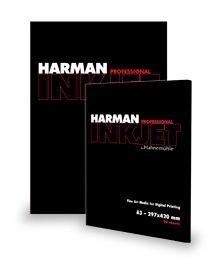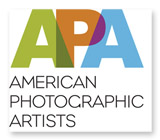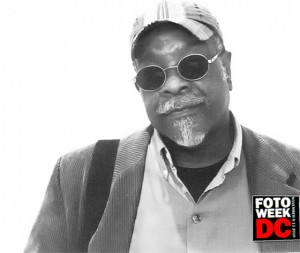
My Portrait from FotoWeek DC Man DC
Man, I’ve really gotten behind! FotoWeek DC was three weeks ago! Oh well, that how it goes, just been a little busy. OK, excuses aside, I really enjoyed myself, checking out some of the many wonderful events organized by the FotoWeek DC organization. What was also pretty cool, was I had just come back from New York and the PhotoPlus Expo events. All in all, a fairly immersive time of photographic experiences. FotoWeek DC has been around since 2008. The first two years I’d missed pretty much everything because I was teaching over at the Ellington School of the Arts. I made sure that my students got involved with the Youth programing, but I was always stuck at the school doing some sort of incredibly forgettable, yet somehow important activity. Being free of the averageness, and at times cowardliness, of art education which seems to be the norm over at DCPS, I could now reacquaint myself with the world of photography that exist in Washington, DC.
There was a Big Bash launch at the Corcoran Gallery of Art, but being a creature of habit, I forgot all about it. So, I made it my business to really be on the lookout for the events I wanted to check out. I knew there was going to be a lecture by Bruce Davidson, so I confirmed that date in my head.
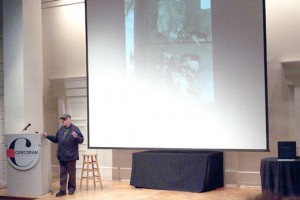
Bruce Davidson at the Corcoran Gallery of Art
This was a free event at the Corcoran, but I didn’t realize I needed to register for it. I pushed myself to go any way and to stand in the long (yet unnecessary) standby line. The slide lecture was typical Bruce Davidson. Lots of romanticized straight talk, illustrated with his great classic images. His newer work was somewhat different more landscape orientated. When asked about why is he making such a “dramatic” shift. His response was that; He had always been about capturing the soul or spirit of the subject or moment, and this is no different.
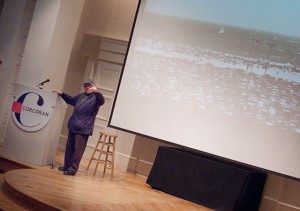
Bruce Davidson at the Corcoran Gallery of Art during FotoWeek DC.
Then he also admitted, “ I don’t have to worry about model releases!” Another question was about the state of modern Street Photography. His response was, “All art is valid, if honest”, however, he had a problem with photographers “stealing” pictures of people. Davidson approach was always to ask, if possible, the subject permission before taking the shot. He also divulged his methodology for doing this. At any rate for my first FotoWeek DC event it was inspirational to see and hear a master.
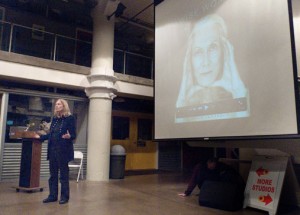
Joyce TennesonFactory The at the Torpedo Factory
The next night I went to see Joyce Tenneson, over at the Torpedo Factory’s Multiple Exposure Gallery in Alexandria, VA. One of the great things about living in metropolitan Washington, DC is the Metro Rail. As someone who doesn’t drive I have access to three states, Maryland, Virginia, and DC. All just a three block walk from my apartment. OK, so were Davidson gave the classic “slide lecture” Tenneson first showed a QuickTime movie about herself. The really intriguing thing about this was the narrative was by her from 30 years ago! To hear her talk about her future was a bit odd, in a time traveling sort of way. What was also interesting, on a personal note is that, we both stated our photographic lives in Washington, DC during the 1970’s, and lived in the same neighborhood of Adams Morgan. She went on to be the great Joyce Tenneson, and I stayed in DC, just a guy, moving my quiet photo career forward. At any rate, the Q&A that came afterwards was insightful. She spoke about how her career has come full circle. She left DC for NYC to get her career as an artist going, and New York was the place to do that. Now she has left NYC and its frantic pace to get her career going by moving to the coast of Maine.

Joyce Tenneson at the Torpedo Factory's Multiple Exposure Gallery
The one thing I found very interesting was a comment Tenneson made about staying competitive and the state of mind of young/new photographers. She talked about that even with her track record, she still had to stay fresh. Almost in the same breath, she spoke of how her interns thought that working with her would be the fast track to their own success, but that it was really never the case at all. “Art school has become a business for collecting tuitions. Students come out of art school with no clue about how to make a living!” The industry has a glut of creatives that ultimately don’t know how to create a life for themselves or create something new that the world needs.” I am really glad to hear someone of stature finally come out and say that! There are so many new artists making bad art under the guise of being cutting edge. What a racket, but this topic must be left for another time. She also gave a brief slide show of her new personal work, flowers. They were quite beautiful. As she spoke about this work I could see how cleansing they were for her.
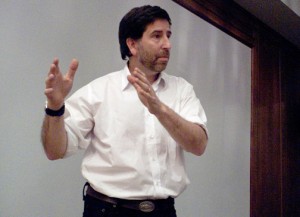
Diego Ortiz Mugica at the Argentine Embassy
A couple of days later a attended a lecture and gallery reception by Argentine photographer Diego Ortiz Mugica at the Argentine Embassy. Diego studied with John Saxton and after that, began a personal project of photographing all of Argentina’s National Parks. American Photographic Artists, and Kaller Fine Arts sponsored this event as the pre-launch peak at Mugica’s new book, “The National Parks of Argentina”, which was officially released in Argentina a couple of weeks later. Like Tenneson, Mugica opted to show a movie of his work and career instead of a straight slide show. Mugica is established commercial photographer and photography teacher in Argentina. His photography workshops, PhotoTravels, are held in the city of Bariloche, were he lives. I have to say that Diego’s backyard is simply spectacular! Lakes mountains, man what a life.
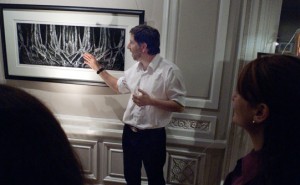
Diego Ortiz Mugica talks about his work
I know several Latino artist in Washington. I admire their authenticity. They are passionate and very romantic about their art. Diego is no exception. After the QuickTime presentation (which had English subtitles) he opened the session up for Q&A. There was an odd silence at first. American audiences seem to be caught off guard by authenticity! As the first questions surfaced, he diplomatically dismissed some classic “techno” questions in favor of speaking to the art of seeing and the art of communicating emotion. He also spoke to the photographer’s commitment of the process of “clicking the shutter”. To getting to the scene, finding the “light”, and then being technically savvy to know what to do with it once you have the moment or I guess “are in the moment”. A couple of people in the audience asked him, when was he going to start a similar project in the USA? His response was “Why? That’s you guy’s job! My job, now, is to invite you to come to my home, Argentina”.
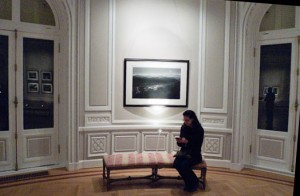
Mugica’s photographs at the Argentine Embassy Gallery
After this Q&A, we all went upstairs to the gallery. There he talked about the prints he made. It was a mix of silver gelatin and digital (laser & pigment). His printing method of choice was silver. The digital images were the larger ones. Yet they were all consistent in look and feel. As with his talk in the auditorium, he would slip into techno stuff very little. He opted to instead speak to the “Decisive Moment”. Hearing the story behind the making of his images was fun to listen to. I seldom use the word “fun” to describe art talk! It was a wonderful evening and it was also interesting seeing the new APA at work. Making the name change from, Advertising Photographers of America to American Photographic Artist was a good move. I think it will grow it’s membership. There are many fine art photographers who know little about the business of photography or how to take charge of managing their careers. Plus APA does great advocacy work on the behalf of photographers. It’s really unfortunate that artist in other media don’t have an organization like APA.
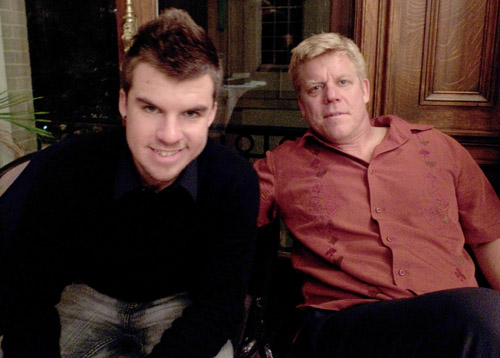
Washington DC photographers, Randy Santos and his son Brady Santos at the Argentine Embassy.
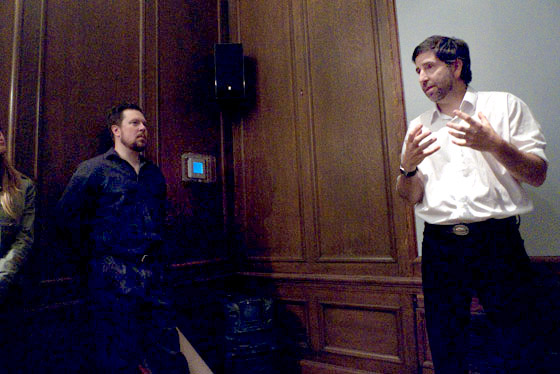
Diego Ortiz Mugica and APA-DC Co-Chair, Mike Olliver
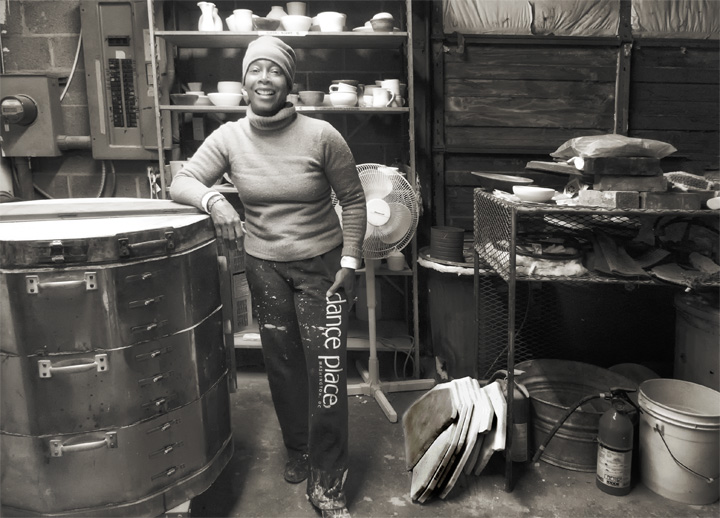
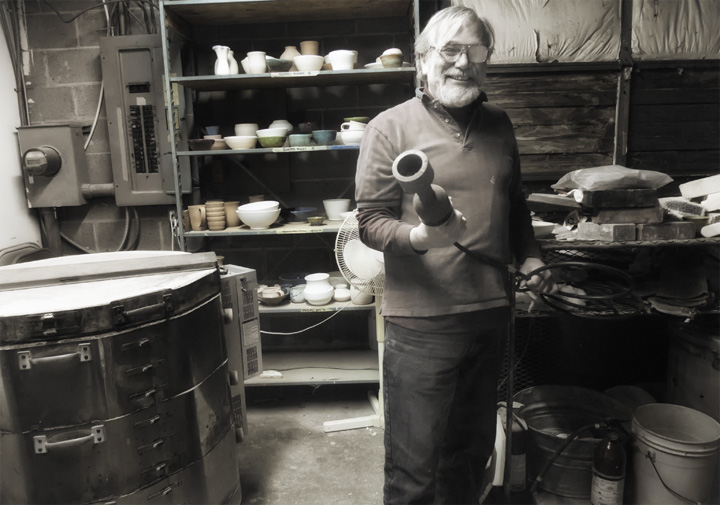
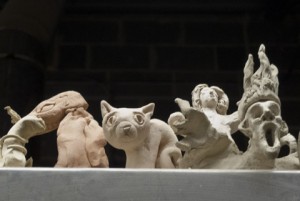

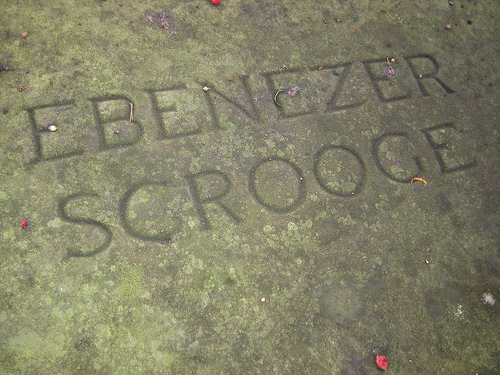
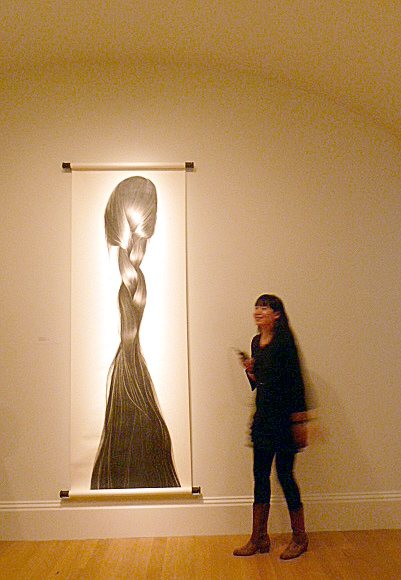
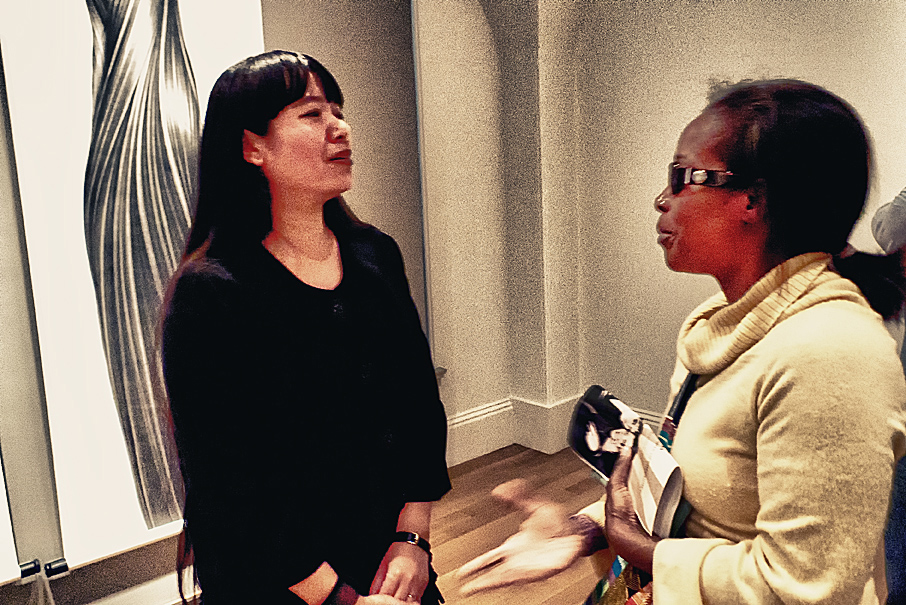
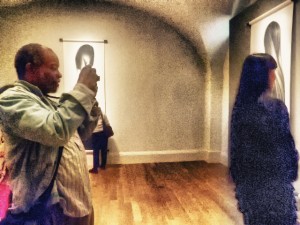
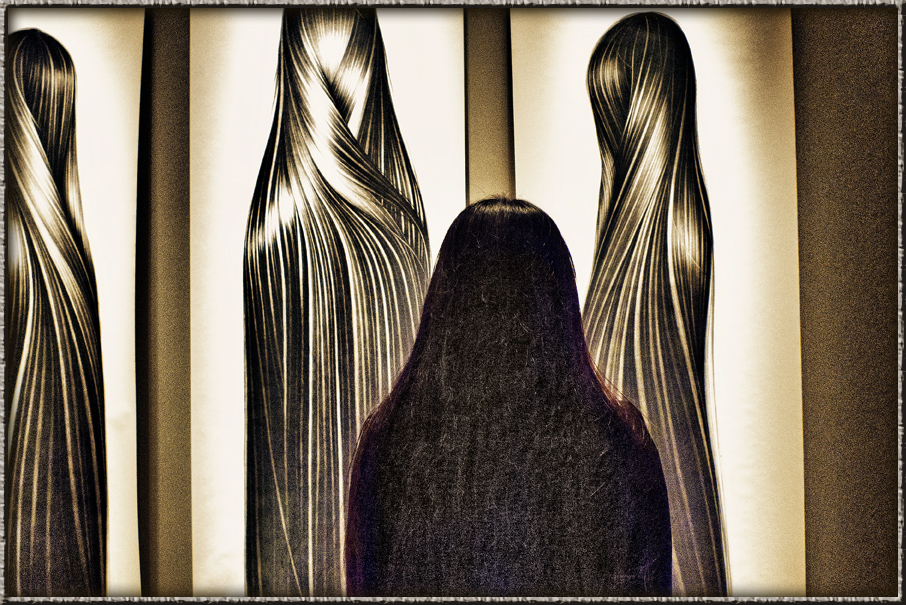
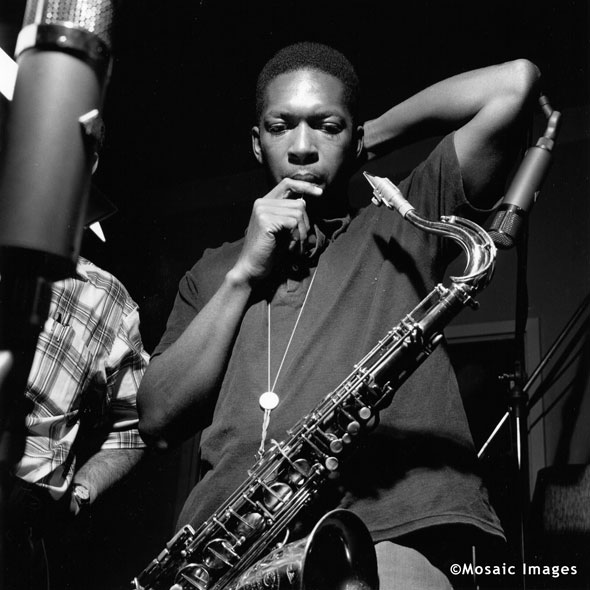
![ExhibitionOnePager_900x1550_V2[1] Sacred Reflections Announcement](http://jarvisgranteditions.com/blog/wp-content/uploads/2011/07/ExhibitionOnePager_900x1550_V21.jpg)
